Section outline
-
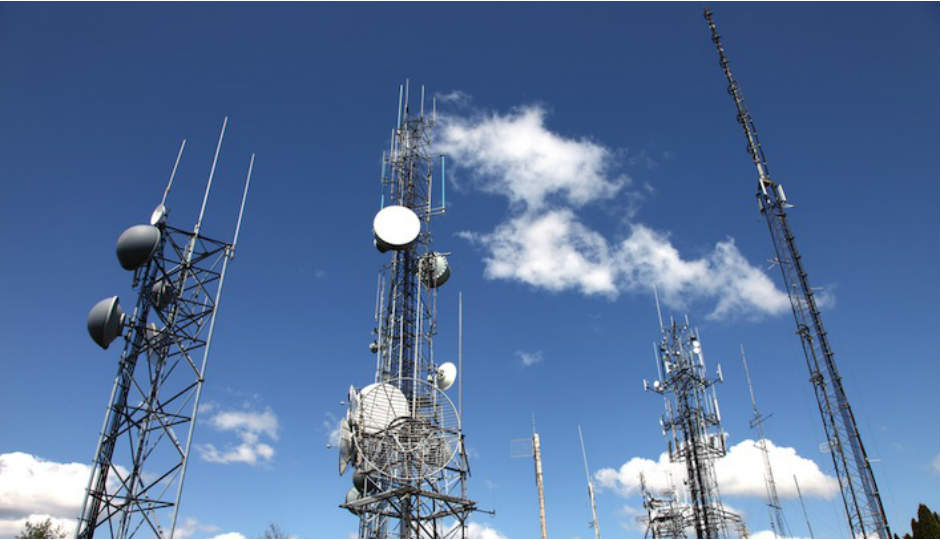
This is where this course Cellular Network Planning comes in handy in master level. Covering the aspects that are required to design and optimize various types of networks ranging from GSM to EGPRS to UMTS and across all domains, radio, transmission, and core, this course will definitely help people in the cellular industry to get their networks to a level where the subscribers will have a quality experience. Also, with an introduction to fourth generation technologies, this course offers a window towards what the future has in store for us. The course is designed to train the students extensively about Cellular networks planning which will help them to apply in their higher studies and professional field.
-
This is where this course Cellular Network Planning comes in handy in master level. Covering the aspects that are required to design and optimize various types of networks ranging from GSM to EGPRS to UMTS and across all domains, radio, transmission, and core, this course will definitely help people in the cellular industry to get their networks to a level where the subscribers will have a quality experience. Also, with an introduction to fourth generation technologies, this course offers a window towards what the future has in store for us. The course is designed to train the students extensively about Cellular networks planning which will help them to apply in their higher studies and professional field.
Meet Your Instructor:

Md. Taslim Arefin is currently a PhD researcher at Jahangirnagar University in the department of computer Science and Engineering. Mr. Arefin received his MSc. Degree in Electrical Engineering from Blekinge Institute of Technology, Sweden in 2008. He received his BSc. Degree in Computer Engineering from American International University- Bangladesh (AIUB) in 2005. He started his teaching career in 2006 as lecturer and now he is holding the post of Associate Professor and Head at Daffodil International University in the department of Electronics & Telecommunication Engineering. Mr. Arefin authored 40 referred journal/conference papers in National and International arena. He has supervised more than 80 B.Sc. / M.Sc. theses at Daffodil International University during the past years.
Contacts:
Email: arefin@diu.edu.bd
Cell: 01711227391, 01713493075
- Profile Link: https://faculty.daffodilvarsity.edu.bd/profile/ete/taslim.html
- Google Scholar Link: https://scholar.google.com/citations?user=x_0i_SEAAAAJ&hl=en
Course Instructions:
- There will be 3 credit hours teaching per week. Three classes will be taken 60 minutes each.
- DIU Moodle will be the only online teaching platform beside regular classes.
- Every student must join DIU Moodle.
- All assignments need to be submitted on Moodle.
- 5 CT will be taken. Best 3 will be considered.
- Bonus marking depends on 3 parameters such as Class Attendance, class participation and interaction in Moodle.
- Students must follow the course outline.
Class Routine:
Friday & Saturday : TBA
Join Class at Google Meet : https://meet.google.com/zcw-psue-ahz
-
A cellular network is a radio network distributed over land through cells where each cell includes a fixed location transceiver known as base station. These cells together provide radio coverage over larger geographical areas. User equipment (UE), such as mobile phones, is therefore able to communicate even if the equipment is moving through cells during transmission.
Cellular networks give subscribers advanced features over alternative solutions, including increased capacity, small battery power usage, a larger geographical coverage area and reduced interference from other signals. Popular cellular technologies include the Global System for Mobile Communication (GSM), General Packet Radio Service (GPRS), Enhanced Data rates for GSM Evolution (EDGE), Code Division Multiple Access (CDMA), WCDMA, UMTS, LTE etc.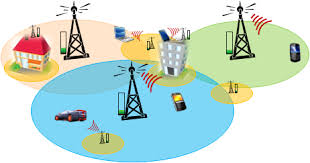
-
An Overview of Cellular Network
Before the devices existed that are now referred to as mobile phones or cell phones, there were some precursors. In 1908, a Professor Albert Jahnke and the Oakland Transcontinental Aerial Telephone and Power Company claimed to have developed a wireless telephone. They were accused of fraud and the charge was then dropped, but they do not seem to have proceeded with production. Beginning in 1918, the German railroad system tested wireless telephony on military trains between Berlin and Zossen. In 1924, public trials started with telephone connection on trains between Berlin and Hamburg. In 1925, the company Zugtelephonie A. G. was founded to supply train telephony equipment and, in 1926, telephone service in trains of the Deutsche Reichsbahn and the German mail service on the route between Hamburg and Berlin was approved and offered to first-class travelers.
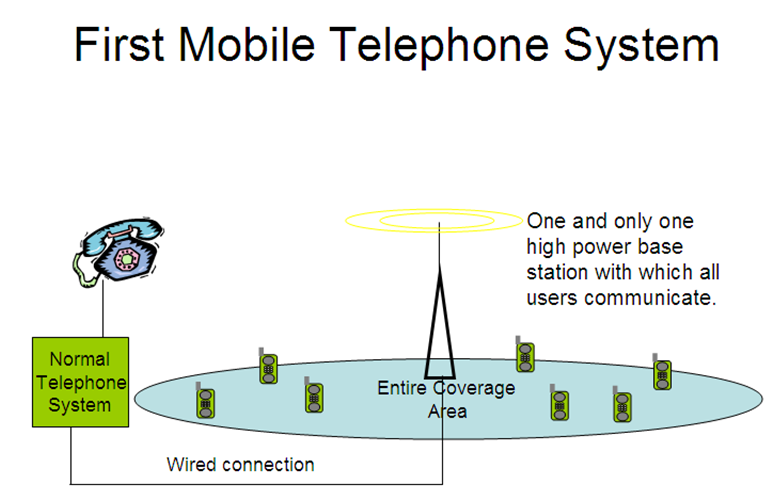
The Second World War made military use of radio telephony links. Hand-held radio transceivers have been available since the 1940s. Mobile telephones for automobiles became available from some telephone companies in the 1940s. Early devices were bulky, consumed high power, and the network supported only a few simultaneous conversations. Modern cellular networks allow automatic and pervasive use of mobile phones for voice and data communications.
In the United States, engineers from Bell Labs began work on a system to allow mobile users to place and receive telephone calls from automobiles, leading to the inauguration of mobile service on 17 June 1946 in St. Louis, Missouri. Shortly after, AT&T offered Mobile Telephone Service. A wide range of mostly incompatible mobile telephone services offered limited coverage area and only a few available channels in urban areas. The introduction of cellular technology, which allowed re-use of frequencies many times in small adjacent areas covered by relatively low powered transmitters, made widespread adoption of mobile telephones economically feasible.
In December 1947, Douglas H. Ring and W. Rae Young, Bell Labs engineers, proposed hexagonal cells for mobile phones in vehicles. At this stage, the technology to implement these ideas did not exist, nor had the frequencies been allocated. Two decades would pass before Richard H. Frenkiel, Joel S. Engel and Philip T. Porter of Bell Labs expanded the early proposals into a much more detailed system plan. It was Porter who first proposed that the cell towers use the now-familiar directional antennas to reduce interference and increase channel reuse (see picture at right) Porter also invented the dial-then-send method used by all cell phones to reduce wasted channel time.
In all these early examples, a mobile phone had to stay within the coverage area serviced by one base station throughout the phone call, i.e. there was no continuity of service as the phones moved through several cell areas. The concepts of frequency reuse and handoff, as well as a number of other concepts that formed the basis of modern cell phone technology, were described in the late 1960s, in papers by Frenkiel and Porter. In 1970 Amos E. Joel, Jr., a Bell Labs engineer, invented a "three-sided trunk circuit" to aid in the "call handoff" process from one cell to another. His patent contained an early description of the Bell Labs cellular concept, but as switching systems became faster, such a circuit became unnecessary and was never implemented in a system.

3 Core Principles- Small cells tessellate overall coverage area.
- Users handoff as they move from one cell to another.
- Frequency reuse.
- Small cells tessellate overall coverage area.
-
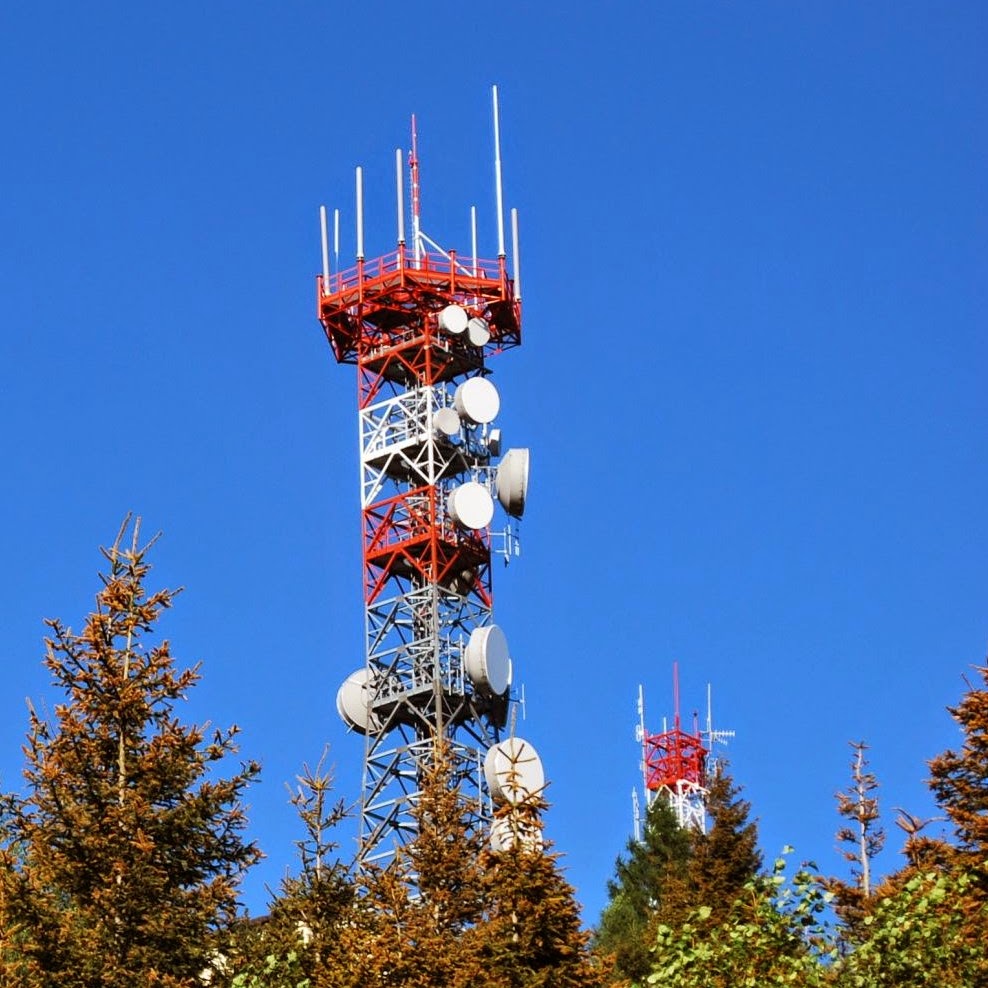
Learning Outcomes:
- Able to learn 2G radio network planning basics.
- Able to prepare site survey, capacity plan, frequency plan
- Able to design a path loss model for RN.
- Able to make a link budget for radio network planning.
Lecture Contents:
- 2G Radio network planning basics.
- Radio network planning process, radio cell wave propagation, dimensioning.
- Radio network Preplanning, site survey.
- Radio network detail planning, link budget, power control, capacity planning.
- Radio network optimization, KPI, Performance monitoring.
-
Date: 21.03.2024
Time: 10:15 pm
Syllabus: Overview of Cellular Network
-
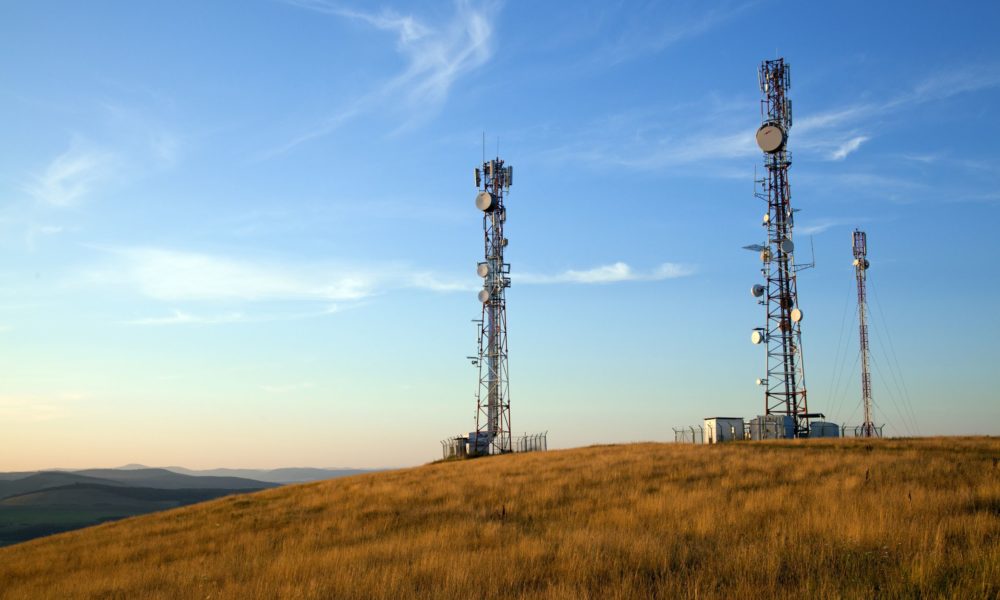
Learning Outcomes:
- Able to learn the basics of transmission network planning.
- Able to illustrate transmission network planning process.
- Able to understand 2mbps plan, network topology, site selection.
- Able to create LOS measurement, MW planning.
Lecture Contents:
- Elements of transmission network.
- Transmission network planning process.
- Preplanning of transmission network, equipment location, topology, site selection, LOS, MW link planning.
- Detailed planning, frequency planning, time slot allocation, 2 Mbps plan, synchronization planning.
- Transmission Network optimization.
- Able to learn the basics of transmission network planning.
-

Date: 4th April 2024
Time: 10:00 pm (BD time)
Syllabus: 2G Radio Network Planning -

Learning Outcomes:
- Able to design core network with
network dimensioning.
- Able to prepare traffic analysis.
- Able to learn IN, Failure analysis and
protection.
Lecture Contents:
- Basics
of Core network planning
- Core network planning process, network analysis, dimensioning.
- Signaling plan, signaling points.
- Intelligent Network
- Failure analysis and protection.
- Detailed planning
- Network optimization
- Able to design core network with
network dimensioning.
-
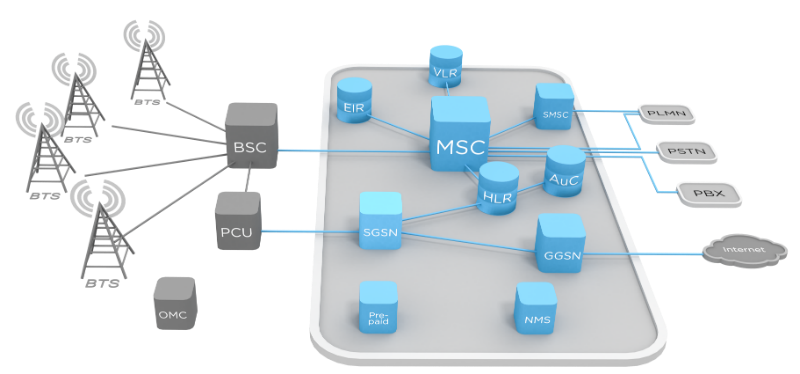
Learning Outcomes: At the end of the session students will be
- Able to understand 2.5G network basics.
- Able to learn GPRS architecture.
- Able to know GPRS network planning and optimization.
- Able to understand 2.5G network basics.
- Able to learn EDGE architecture.
- Able to know EDGE network planning and optimization.
Lecture Contents:
- GPRS network planning, SGSN, GGSN, MGW.
- Protocol structure in GPRS network.
- GPRS Radio, core network planning.
- GPRS network optimization.
- The EDGE system.
- EDGE network planning.
- Dimensioning.
- EDGE network optimization.
- Able to understand 2.5G network basics.
-
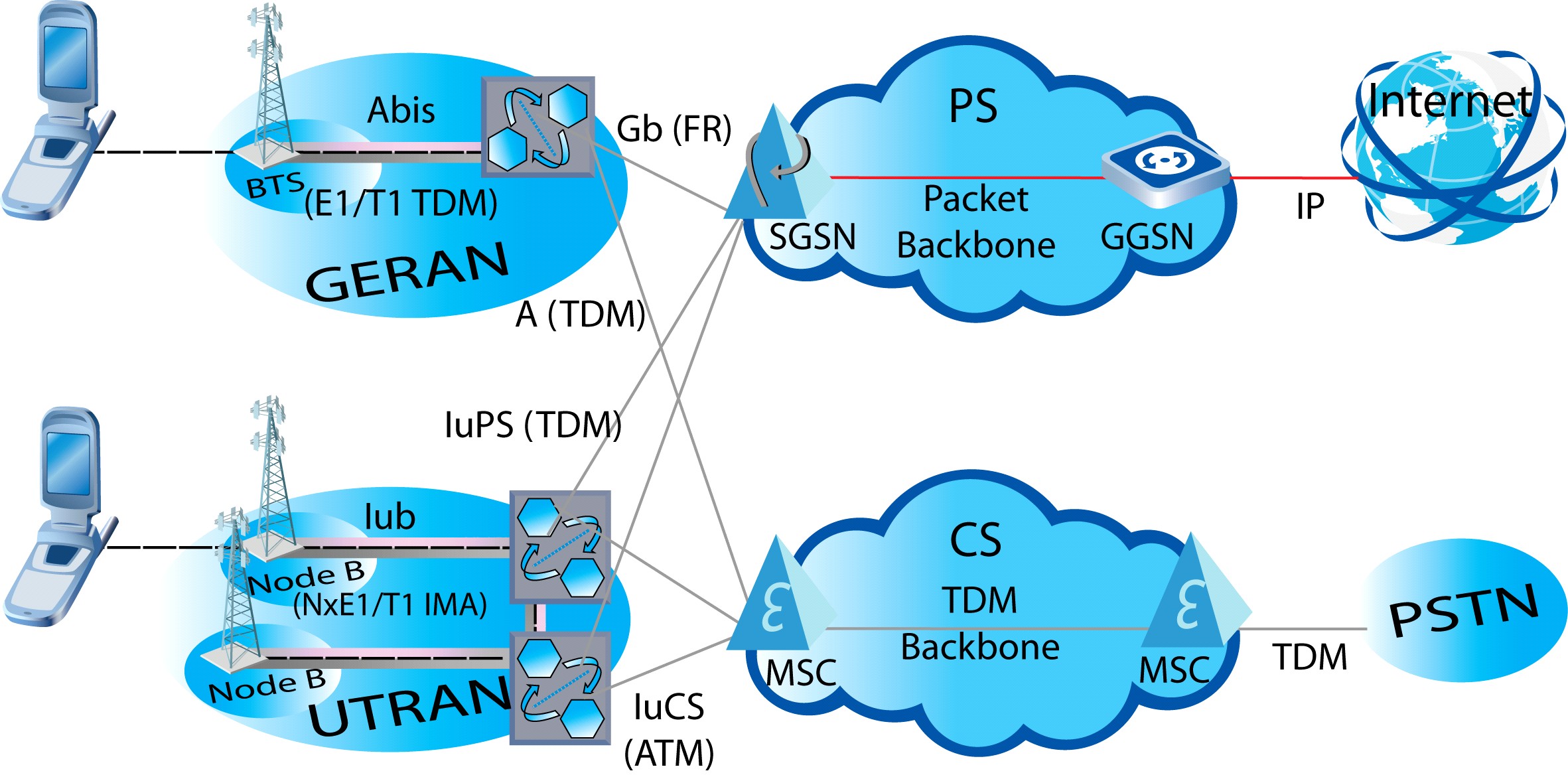
Learning Outcomes: At the end of the lecture session students will be
- Able to learn 3G radio network basics.
- Able to understand UTRAN, Spreading methods.
- Able to learn multipath propagation and interferences.
- Able to learn radio network planning process.
- Able to prepare a link budget.
- Able to identify KPI of 3G RN.
Lecture contents:
- 3G radio network planning basics, system requirements, WCDMA radio fundamentals, UMTS service classes.
- Radio interface protocol architecture, UTRAN.
- The spreading phenomena, Symbols and chips, scrambling.
- Multipath propagation and effects.
- Radio network planning process, code planning, power control, handover, Adaptive multi-rate.
- Detailed planning.
- 3G radio network optimization, parameter tuning, KPI.
- Able to learn 3G radio network basics.
-
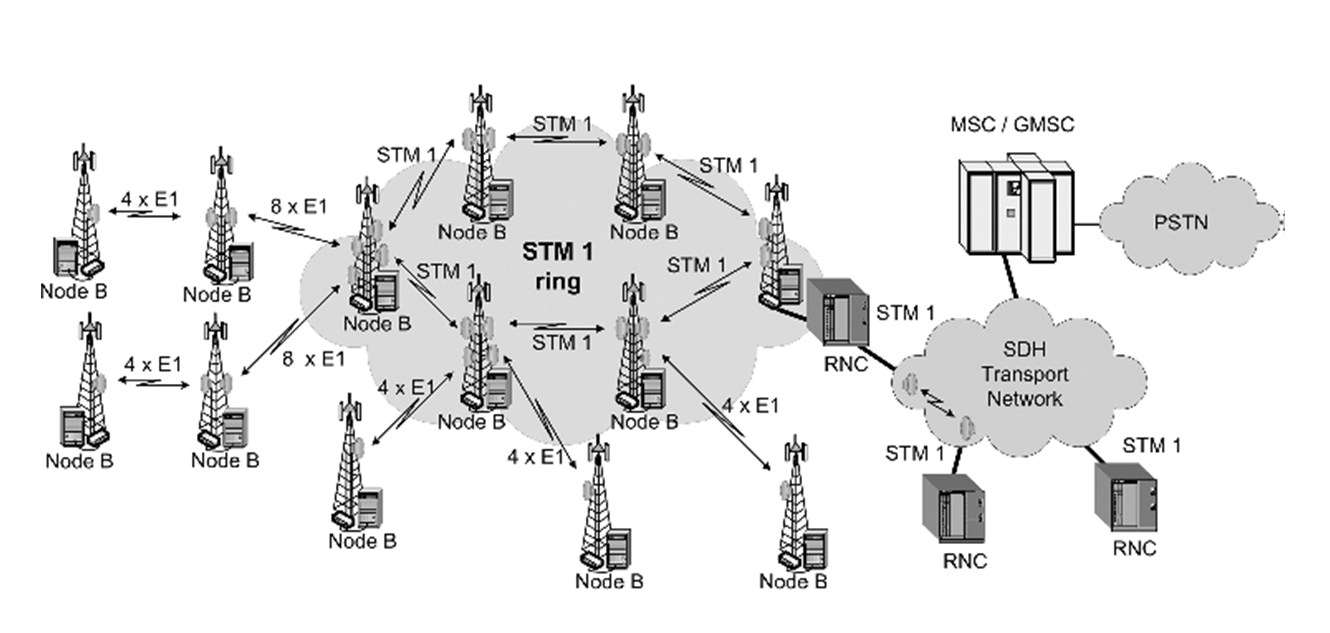
Learning outcomes: At the end of the session students will be
- Able to understand 3G transmission network system.
- Able to learn TN planning process.
- Able to make TN dimensioning.
- Able to understand ATM cell structure.
- Able to learn 3G TN network optimization.
Lecture Contents:
- Basics of 3G transmission network planning.
- Transmission network planning process,
- ATM planning, cell structure, protocol layers.
- Network Dimensioning
- MW link plan
- Detailed planning, traffic management, parameter plan, network management.
- Transmission network optimization, network analysis, parameter setting
- Able to understand 3G transmission network system.
-
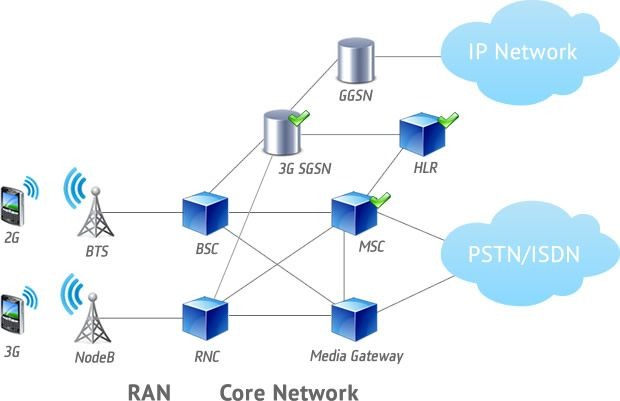
Learning Outcomes: At the end of the session students will be
- Able to learn
CAMEL, IN in 3G core network.
- Able to
understand IP Multimedia System in 3G Core network.
Lecture Contents:
- 3G core network basics.
- Core network planning (CS, PS planning)
- End to end QoS.
- Core network architecture of 3GPP Rel. 99, 3GPP Rel. 4 & 3GPP Rel. 5.
- The IMS, IMS architecture, Functional elements.
- Able to learn
CAMEL, IN in 3G core network.
-

Learning outcomes:
- Able to learn 4G technology.
- Able to understand the challenges in 4G network.
- Able to clarify the con
Lecture contents:
- Introduction to 4G mobile networks.
- Key technologies for 4G network, OFDM, All IP.
- Challenges in 4G network.
- Impact and future opportunities of 4G in Bangladesh
- Able to learn 4G technology.
-
Assignment Topic:
- Design a cellular network of your Native Area considering:
Area: Your native place (Approx.)
Population: (Approx.)
Generation: 2G/3G
Marks Distribution:- Assignment: 15 Marks
- Presentation: 10 Marks
- Total: 25 Marks

-

-
Please upload your presentation or presentation link here. To upload your file you have to use your DIU email address (*@diu.edu.bd).
https://drive.google.com/drive/folders/1JGxBGAGPXl1otUPpFXCp5H_58WEuKW7R?usp=sharing
Submission Deadline: July 31, 2024 by 23:59.
-
-

Date: 29th July 2022
Time: 8:00 pm (BD time)


